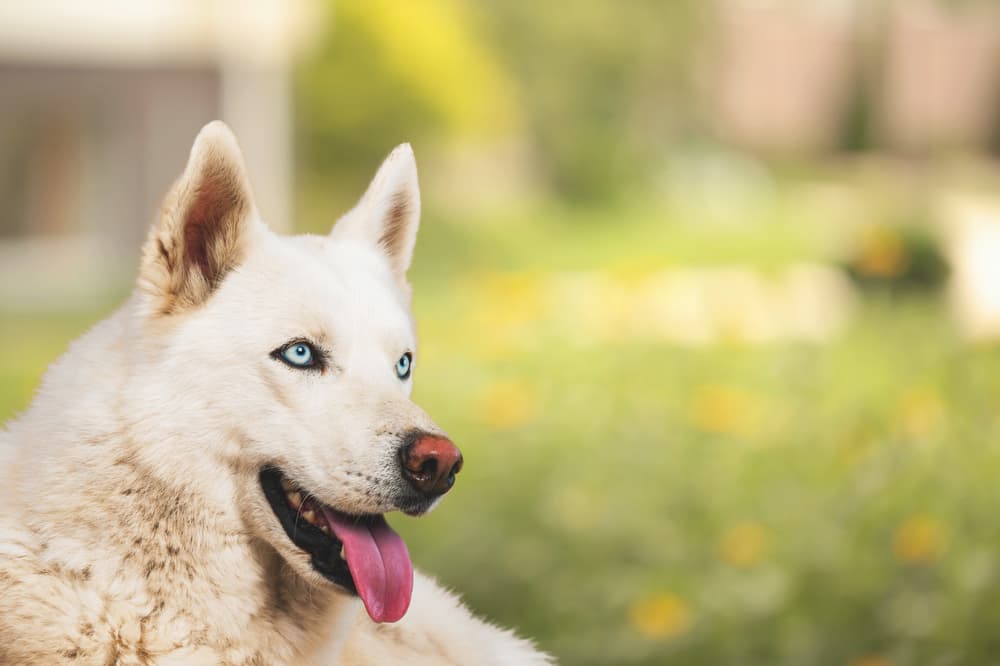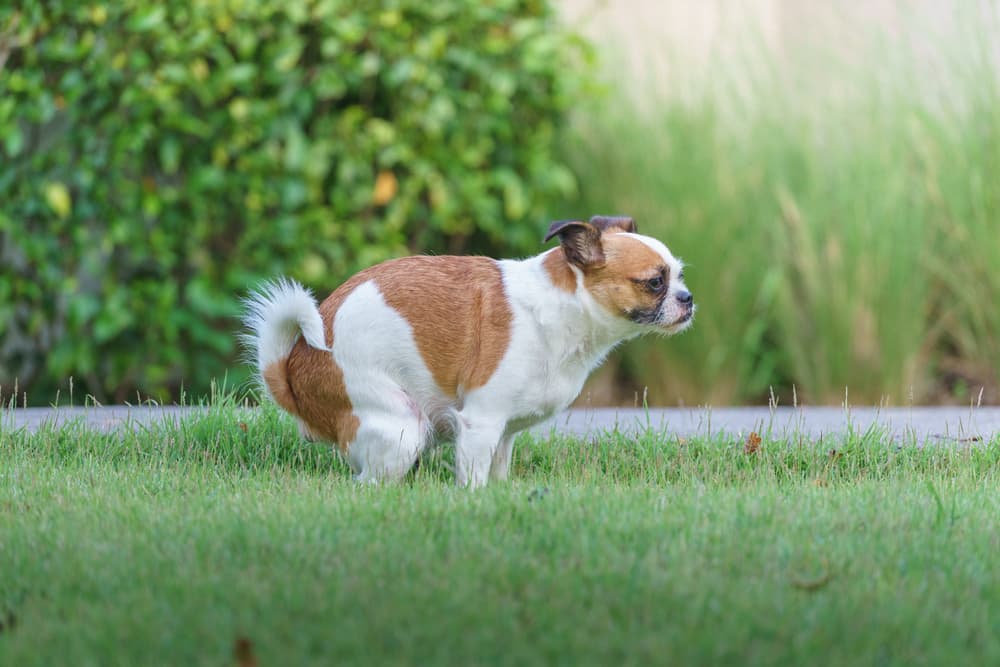Key takeaway Yellow dog poop can be caused by a number of issues, including indigestion, reaction to a new food or treats, or potentially even serious health concerns. Learn more about when you should schedule a visit with a veterinarian to treat your dog’s gut.
Being a dog owner means dealing with dog poop on a daily basis. It is natural and part of the pet owner process. As mundane as it may be to handle dog poop, we often go into auto-pilot mode as we take care of our dog’s business. Though, that is not to say that once we notice a change in our dog’s poop, we do not react with curiosity to identify what is causing the change in color or consistency.
A dog’s poop can tell us a lot about what is going on inside of their body. Like humans, when a dog has diarrhea, we often assume that they are experiencing an upset stomach or battling an infection. It is important to know that even if our pet’s behavior might not be out of the ordinary, it is possible that they are battling a more serious issue on the inside. Lucky for you, knowing what to look for in a dog’s poop can help you take the next step of getting your dog the care it needs.
In this blog post, we will address how to identify issues that may be causing your dog’s poop to turn yellow, so you can understand exactly what to do when this happens.
Why is My Dog’s Poop Yellow?

Of all the colors poop can be besides the normal brown, yellow is usually one of the least concerning.
Red or black dog poop is an emergency, while yellow poop is more like a warning sign. Here are some of the more common causes of yellow dog poop.
What your dog eats impacts the color of his feces. Some formulations of dog food have ingredients that make feces more yellow or a lighter shade of brown. Similarly, some types of food processing can alter the hue of feces. Switching between canned or moist food and dry kibble can also make feces look more or less yellow.

An upset stomach—from changing dog food or a dog eating something he doesn’t normally eat—can cause irritation in both the stomach and intestines. One of the ways the body handles this is to push the material out faster. Veterinarians refer to this as decreased transit time, the time it takes from eating a food to passing it as feces.
Decreased transit time leads to softer feces that is yellow. The bile that is normally brown in feces hasn’t reached that stage yet and is still yellow (mustard-yellow to yellow-green). Similarly, this is why loose stool or diarrhea may be more yellow than usual.
If your dog eats something yellow that isn’t food, it will end up in his feces (unless it causes an intestinal blockage, which is a greater cause for concern). For example, dogs cannot digest the yellow fuzz from a tennis ball and will pass it through the feces looking the same color as it went in.

A slimy coating of yellow mucus on dog poop is due to intestinal inflammation. In healthy intestines there is a protective mucus layer between the food material and the intestinal lining. When there is inflammation or damage to the intestines, this mucus layer can be shed onto the food material and eventually the feces.
In this case the yellow color comes from the bile involved in digestion. Intestinal inflammation can result from parasites, bacterial infection, food intolerance, or sharp objects such as sticks, rocks, and bones that your dog ate. If the intestinal damage is more severe, the mucus may have streaks of red blood or look an orange-yellow color.

Yellow specks or dots are most often caused by one of two things: partially digested food like corn, or tapeworm eggs. Usually, these eggs look like grains of white rice but they may also have a yellow color. Yellow or white strings could be intestinal worms. If you see something that you think is abnormal in your dog’s feces, take a picture or bring a stool sample to your veterinarian.
Pancreatitis
Pancreatitis is an extremely painful and serious condition that happens when digestive enzymes are leaking into pancreatic tissue. The exact cause of pancreatitis in dogs is still unknown, although many veterinarians believe it is, in some cases, triggered by fatty food.
The most common symptoms of pancreatitis are nausea, vomiting, fever, yellow diarrhea, abdominal pain, lethargy, and lack of appetite. If your dog shows any other of these symptoms, besides yellow poop, you should call your vet right away.
If left untreated, chronic pancreatitis can sometimes lead to diabetes in dogs, in which case you’ll need to transition your pooch to the best food for a diabetic dog. Luckily, when properly diagnosed and treated in time, pancreatitis is successfully managed with dietary and lifestyle changes.
And once your dog’s pancreatitis is under control, you won’t longer have to deal with yellow stools and diarrhea.
Why is My Dog Passing Yellow Stool? | Wag!
The day started out fine, but on the morning walk you notice your dogs poop is yellow. This is odd and its natural that you worry. Questions race through your mind. What does it mean? Should you be worried? And do you know how to treat yellow stool in dogs? This article aims to answer those questions.
Normal dog poop is brown, and a yellow stool is unusual. But what do we mean by yellow?
The yellow color can range from a browny-mustard through to a more vivid, almost fluorescent yellow. This color can either be down to something the dog ate that was yellow in color and poorly digestible (for example, that missing wax crayon) or due to the presence of bile.
To tell the two apart, check out if the color is patchy or spread evenly through the stool. The scavenged yellow crayon is going to be in lumps with brown poop around it. Whilst the stool containing bile pigments is more evenly colored.